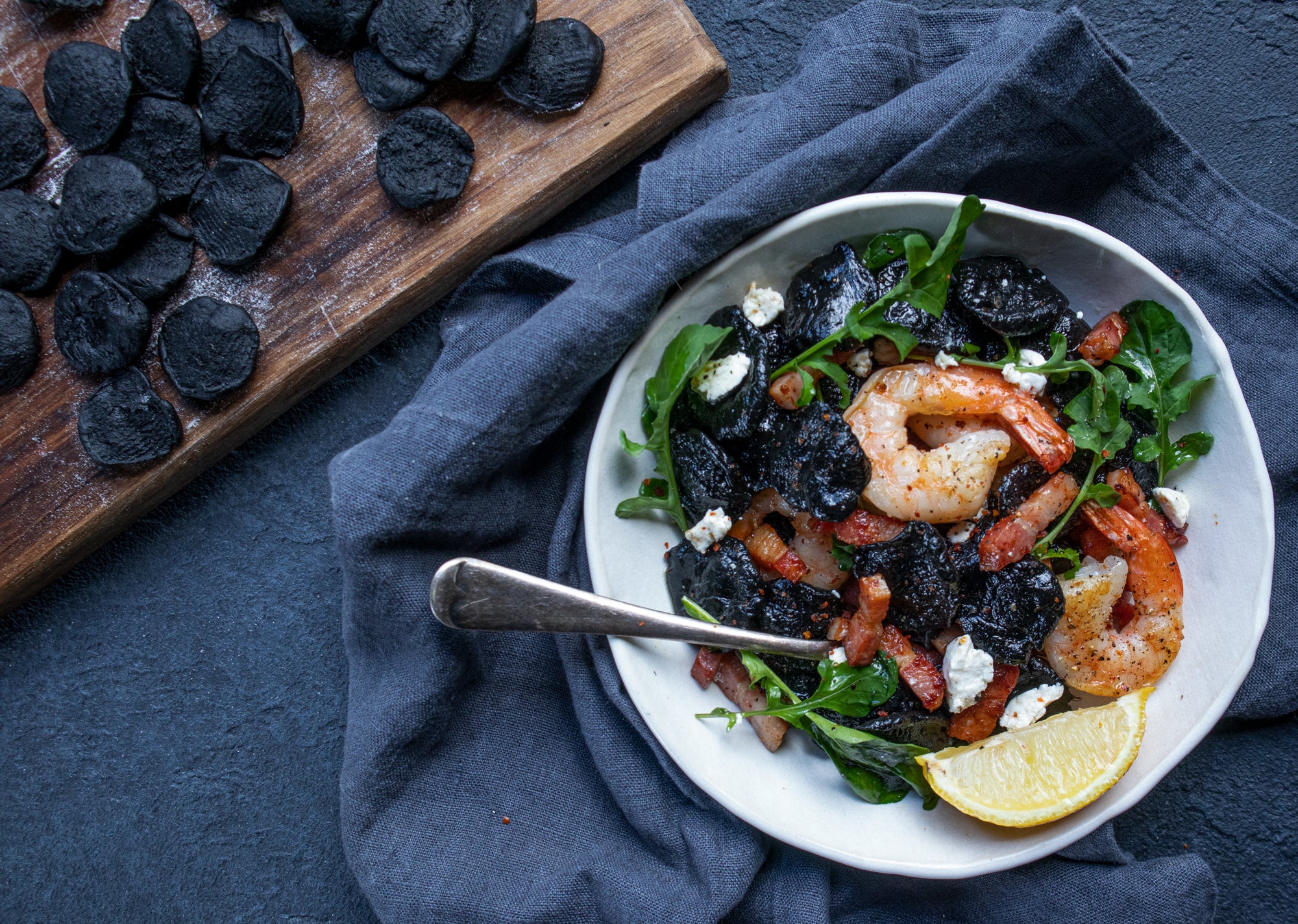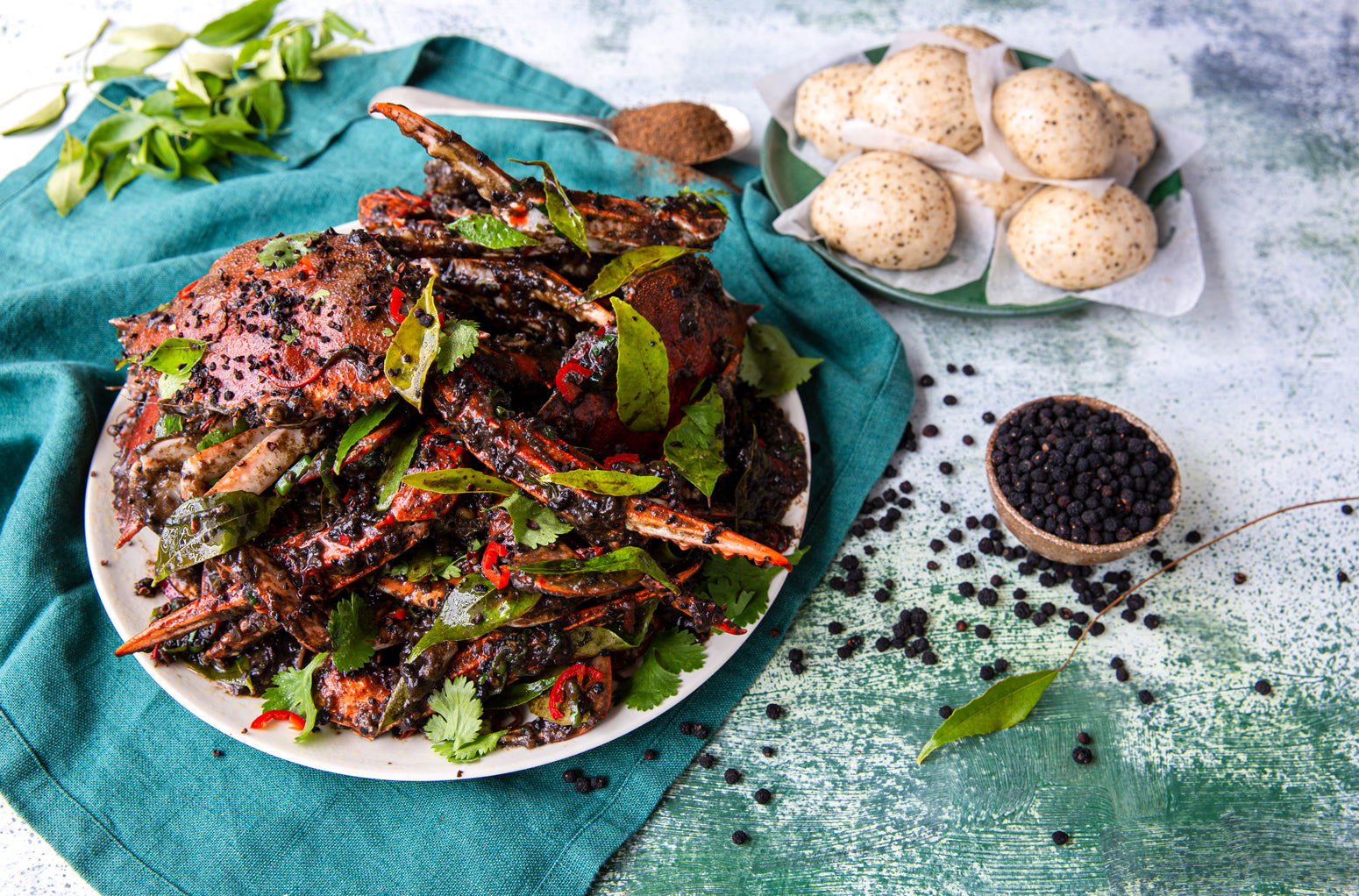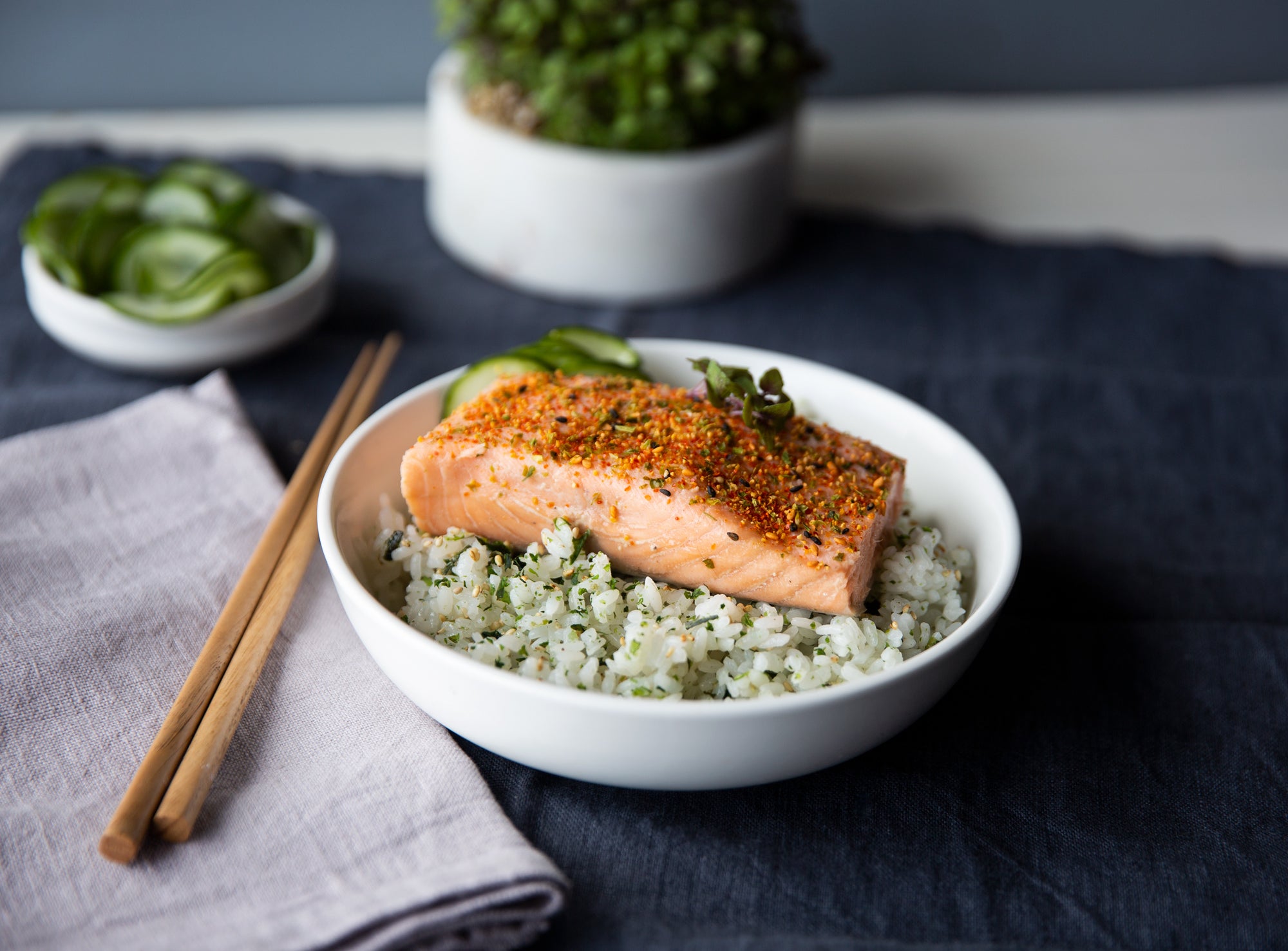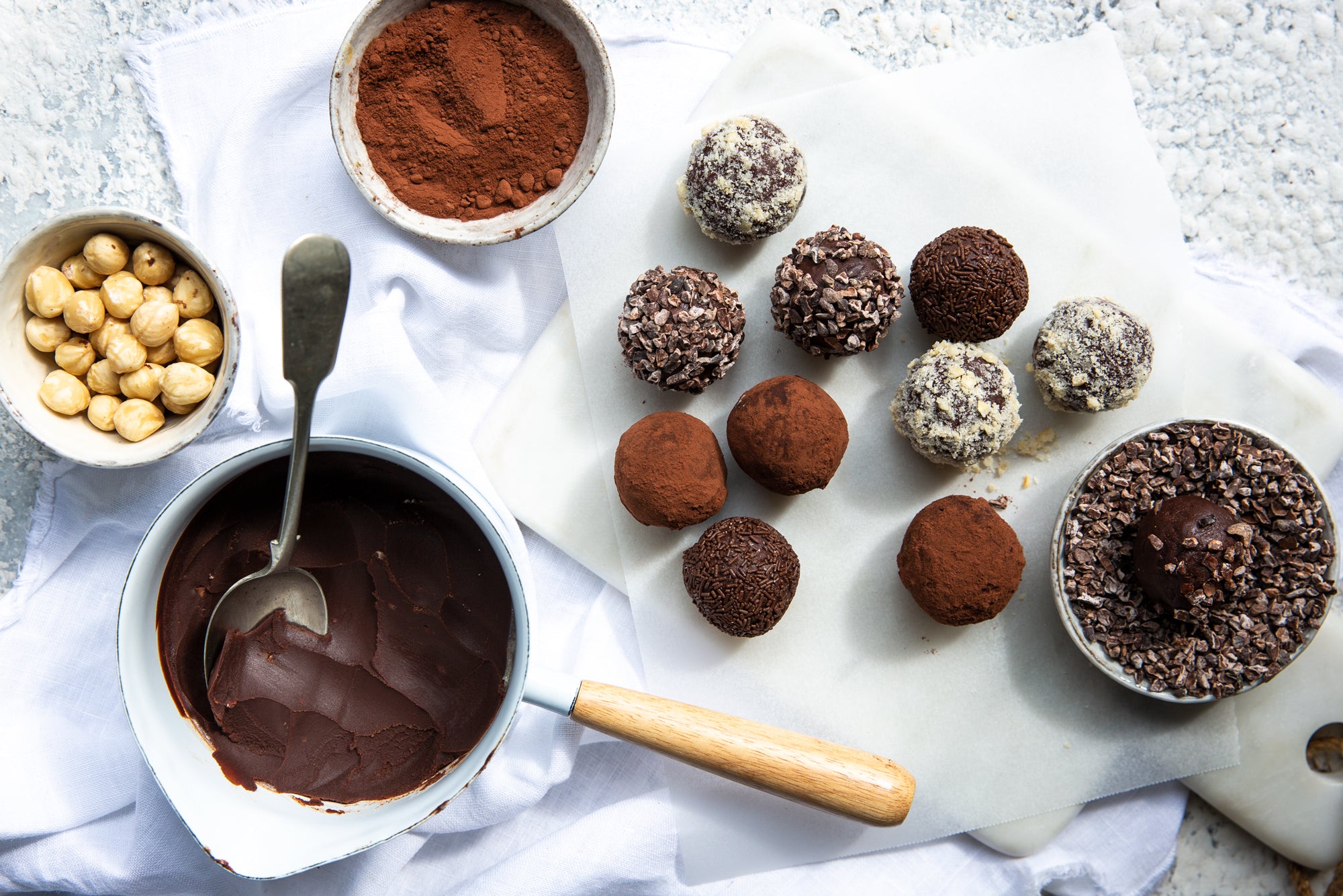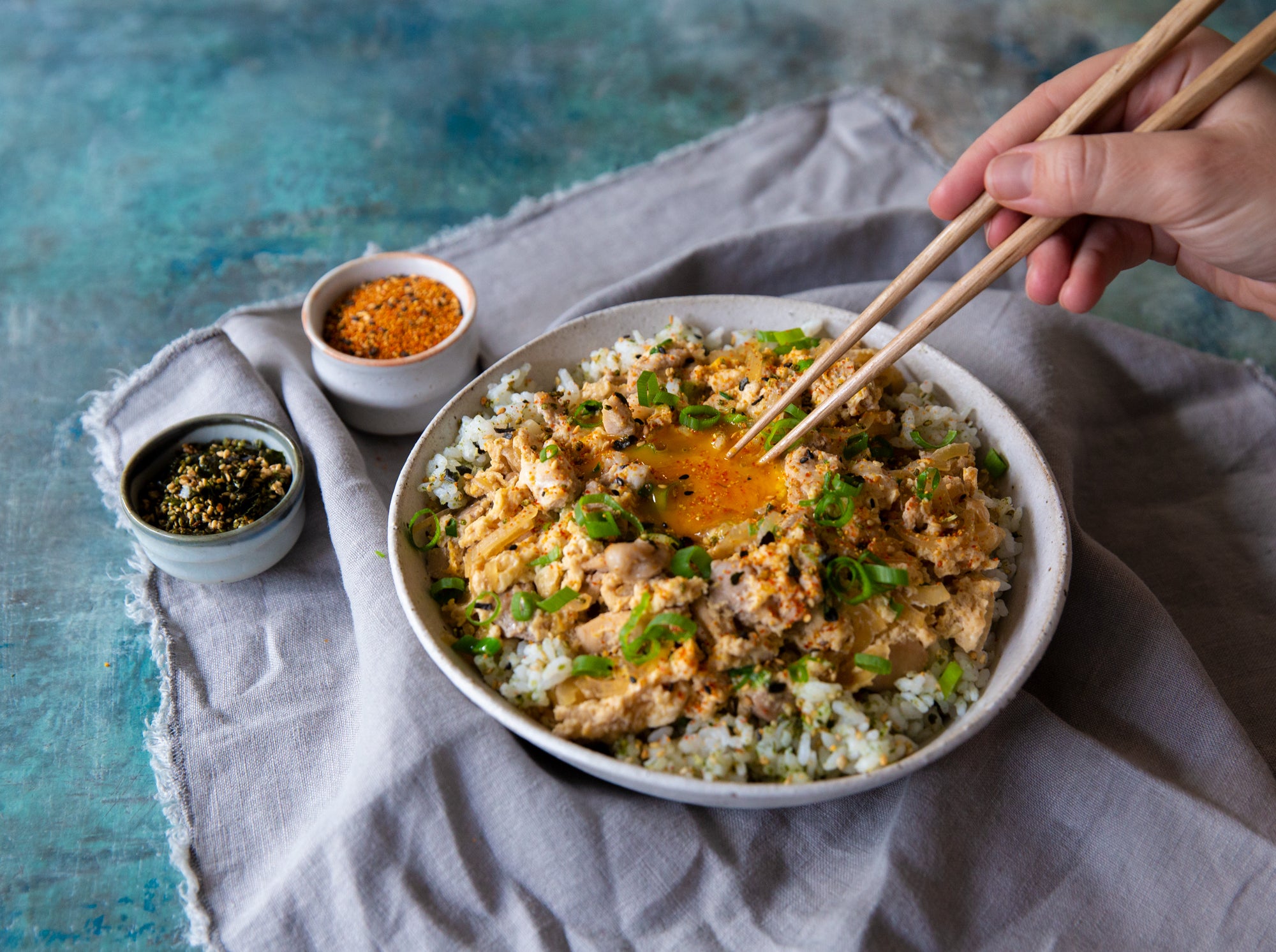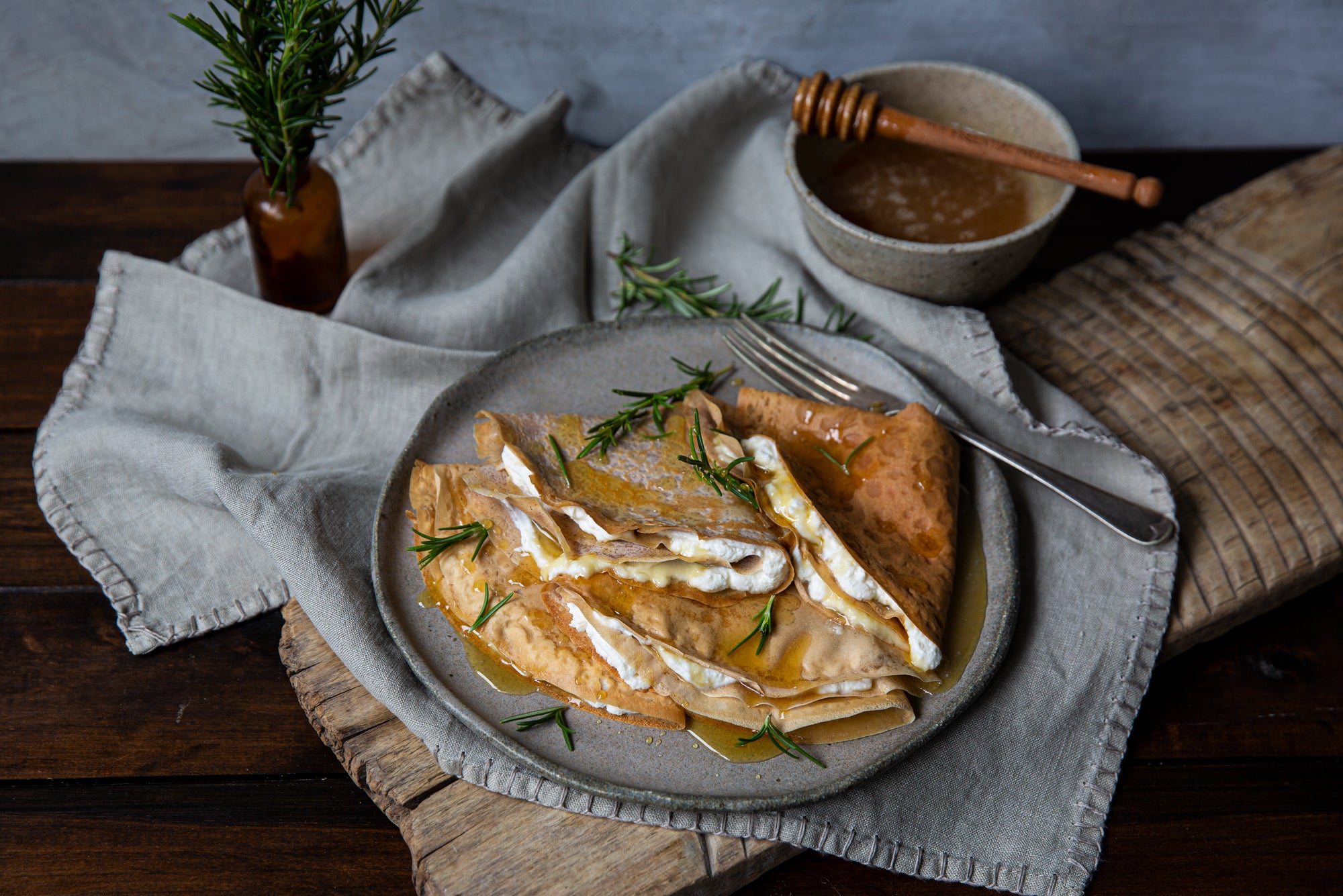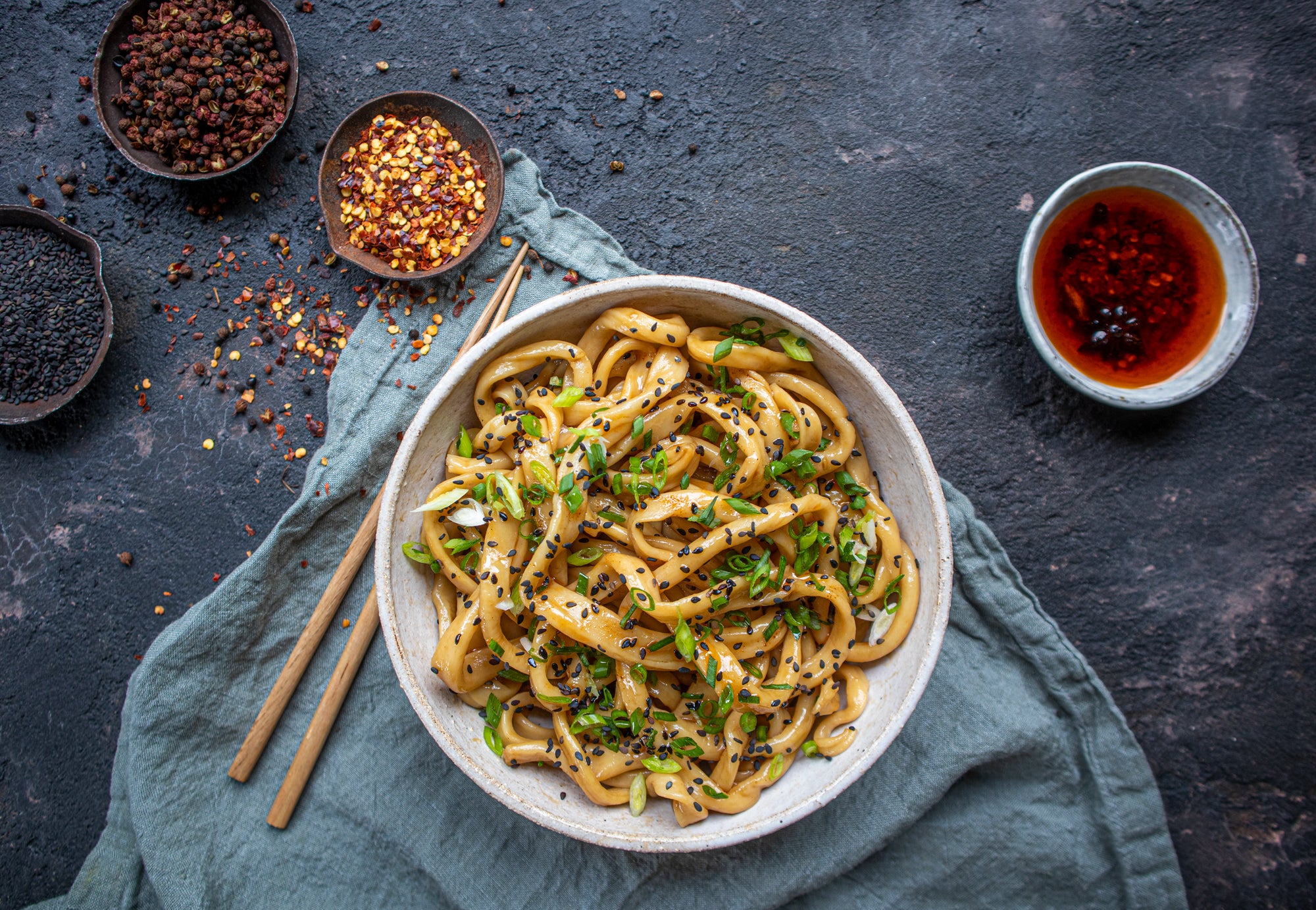
Recipe: Vongole e polenta
Last updatedThis recipe by Emiko Davies comes from her latest book, Acquacotta.
In Acquacotta, Davies has compiled and adapted her Italian family’s best loved recipes from Capalbio, Monte Argentario, Giglio Island and inland to the hot springs of Saturnia and the ancient Pitigliano.
She guides readers through the use of local ingredients, as well as sharing the history of rustic, storied dishes including scampi and potato soup, hand-rolled strozzapreti noodles, spinach and ricotta tortelli, chestnut gnocchi and the classic fig and chocolate bread, pagnotella. Plus, of course, the book’s namesake acquacotta, a quintessential Maremman peasant dish that captures the spirit of this special place.
VONGOLE E POLENTA CLAM STEW WITH POLENTA
This recipe calls for a creamy, pillowy polenta base, made with fioretto or fine-round cornmeal. Much like fluffy mashed potatoes, this starchy, comforting staple needs love and care (and the right seasoning) for a good result. It takes a bit of time, but if you’re at the stove anyway, checking on the tomato sauce and preparing these clams, you won’t even notice having to give the polenta a stir every 4–5 minutes.
Polenta should be well salted, but for some good seafood flavour you can add some grated bottarga to the polenta instead of salt.
Ingredients (Serves 4)
- 1kg vongole clams
- 1 garlic clove, chopped
- 3 tbsp extra virgin olive oil
- 1 freshly chopped red chilli or dried chilli flakes to taste
- 400g tomato passata
- 2 tsp salt
- 200g fine polenta
- 125ml dry white wine
- 1 handful flat leaf Italian parsley picked and roughly chopped
- 1 handful basil, leaves picked and roughly chopped
Rinse the clams quickly under water, weed out any with crushed shells (tiny chips or cracks are usually fine) or that are open and don’t move when touched or squeezed. (Rule of thumb: if they are open before cooking, they’re dead. If they don’t open after cooking, they’re dead. Throw them away). Purge the clams, if necessary, for at least 1 hour (see ‘Purging Clams’, page 95). And regardless of whether or not you’re purging, do not skimp on step 5.
In a saucepan, heat the garlic gently in 2 tablespoons of the olive oil. Add the chilli and the tomato, along with about 250 ml (8½ fl oz/1 cup) of water, and season with salt. Let it simmer for 30 minutes or until slightly reduced.
To prepare the polenta, bring 1 litre (34 fl oz/4 cups) of water to the boil in a deep, non-stick pot, add the salt (or grated bottarga) and the remaining tablespoon of olive oil. Pour in the polenta slowly while stirring (I like a wooden spoon, others like a whisk) to avoid lumps; stir for 1–2 minutes until the mixture thickens.
Turn the heat down to the lowest setting possible and cook gently, covered (but giving a vigorous stir every 4–5 minutes) until it is creamy and silky and it begins to come away from the sides of the pan. It’s useful to have a small saucepan of simmering, salted water nearby to add in spoonfuls if the polenta looks too thick or lumpy when stirring. Taste it too – the polenta should be completely soft, with no bite to it, at about 45 minutes. Cover with plastic wrap, ensuring that the plastic is touching the entire surface so that it doesn’t develop a skin. Set it aside while you prepare the clams.
Place a frying pan or saucepan with a lid over high heat. When very hot, add the drained and cleaned clams, followed by the white wine. Let them cook for 1–2 minutes, then cover and let the steam open up the clam shells. Shake the pan occasionally. After 1–2 minutes, check the clams – they should all be opened.
At this point you can choose to remove the shells – pluck the clam meat out of their shells, discard the shells but add the meat and their juices, along with the herbs, to the tomato sauce. Or you can leave the shells intact, as I do – it looks better and I don’t mind getting my fingers dirty during the meal.
Portion out the warm, creamy polenta into shallow bowls and ladle the clam stew over the top.
Serve immediately.
This is an edited extract from Acquacotta by Emiko Davies published by Hardie Grant Books
Photographer Food: ©Lauren Bamford

